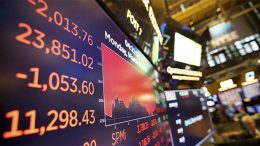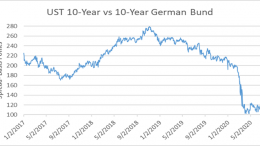Earnings Season: Q3 Will Be As Weak As Expected
Patrik Lang, CFA Head of Equity Strategy Research, Julius Baer | For Q2 consensus expects S&P 500 earnings to decline 43.9%, which would be the largest y/y earnings decline since Q4 2008 (-69%). For Q3 consensus expects earnings to decline by -25.4% and for Q4 by -12.8% followed by 28% earnings growth in FY 2021. Based on our macro models and historical post-recession earnings patterns, we see upside risk to consensus expectations for both H2 2020 and FY 2021.










